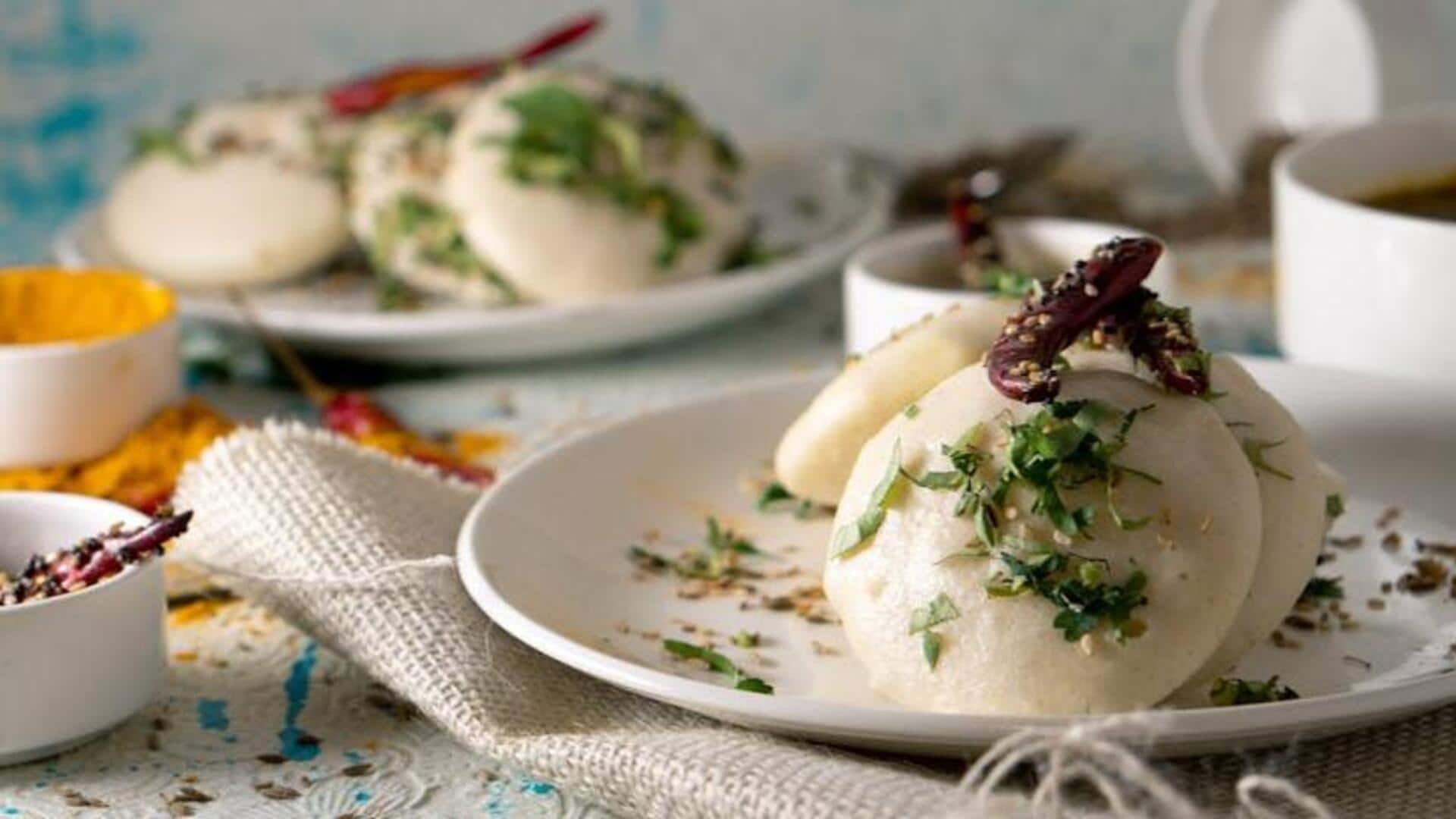
Tracing idli's journey: Origin, history, and variations
What's the story
Idli, the go-to breakfast item in most Indian homes, has an interesting history that mirrors India's culinary evolution. Hailing from South India, this steamed rice cake has made its way across the country and continents, customizing itself to local tastes and preferences. Its story is one of innovation and adaptation, making it a favorite dish not just at home, but among the Indian diaspora abroad.
Historical roots
Ancient origins and cultural significance
The roots of idli can be found in ancient texts that referenced similar dishes. Idli is said to have been brought to Southern India through cultural exchanges with Southeast Asia. It gradually became a staple of South Indian cuisine because of its ease of preparation and nutritiousness. The fermentation process involved in preparing idlis makes them more digestible and nutritious, making them more desirable.
Diverse adaptations
Regional variations across India
As idli traveled across the country, it changed in different ways. In Karnataka, for example, the use of ingredients like rava gave birth to rava idli. In Tamil Nadu, mini idlis served with sambar became an instant hit. Every place added its own twist, and yet kept the essence of this dish intact.
Contemporary twists
Modern innovations in idli preparation
In recent years, there have been numerous innovations in how idlis are prepared and served. From using alternative grains like millet for health-conscious consumers to incorporating vegetables for added nutrition, modern adaptations cater to diverse dietary needs. Additionally, fusion recipes combining global flavors with traditional idlis have emerged as trendy culinary experiments.
Worldwide popularity
Idli's global appeal today
Today, idlis are savored not just in India but also across the globe by Indians settled abroad. Their versatility makes them apt for any meal of the day—from breakfast items combined with chutneys or sambars—to snacks or even dinner companions with curries or stews—proving their timelessness across cultures around the world without drifting away from tradition back home itself!